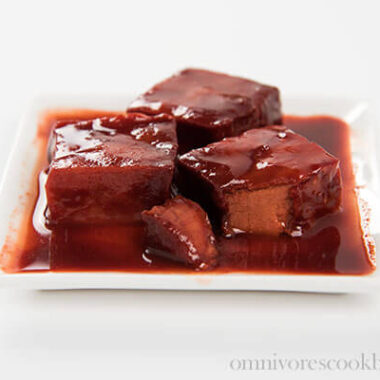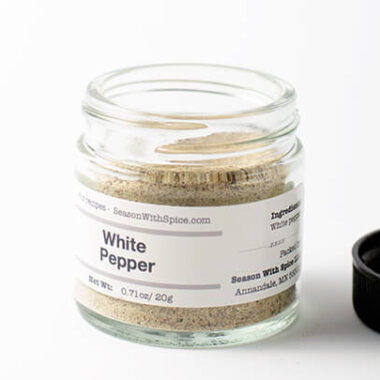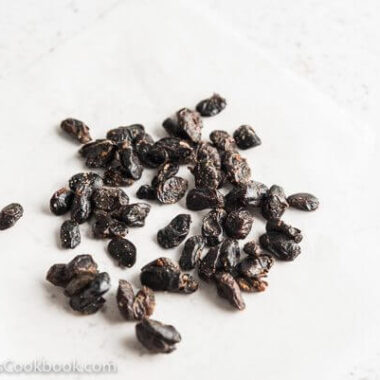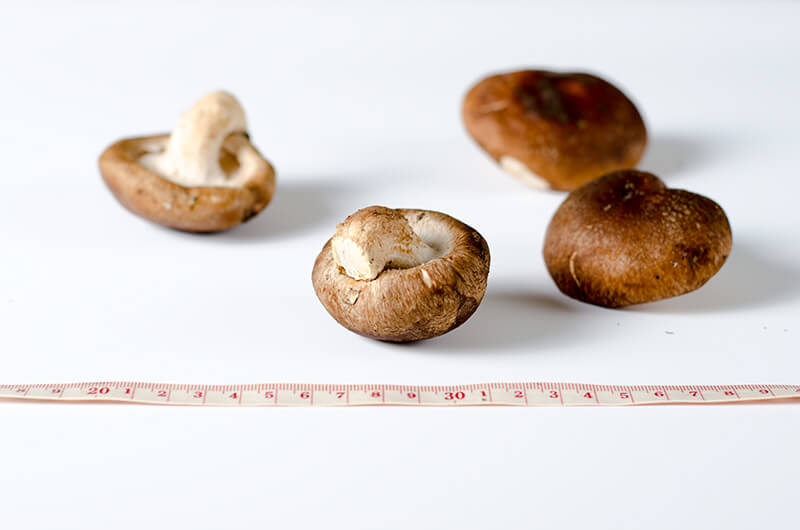
Shiitake mushroom (香菇, xiang gu) is commonly used in Asian cuisine. Size of shiitake varies and its cap’s diameter could be from 5 centimeters (2 inches) to 10 centimeters (4 inches). The mushroom cap has spongy and crunchy texture. Its stem is hard and chewy.
Shiitake has quite strong flavor (however milder than dried shiitake mushroom), it could be used in stir-fry, braised dish, soup and stew, dumplings, grilling and salad. Although shiitake mushroom is originally from East Asia, it also a good choice to create fusion dishes for western cuisine, like this mushroom Fettuccine Alfredo.
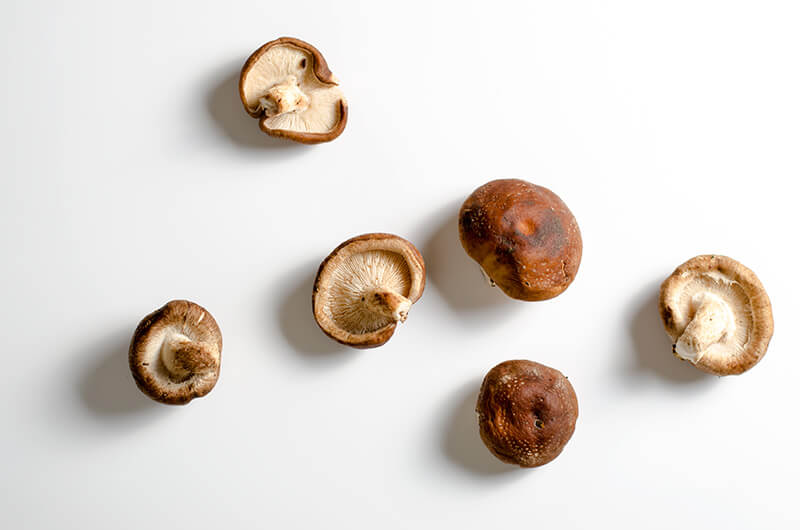
When shopping for shiitake mushroom, try to find the ones with moist surface and plump in texture. If the surface feels dry and start to wrinkle, the mushroom is not fresh and you should avoid it.
For storage, loosely place shiitake in plastic bag and store in fridge up to 5 or 6 days. The mushroom is delicate and you shouldn’t place heavy things above them or stuff them into too crowded container. The shelter life of washed or cut shiitake will be shorten to 1 to 2 days.
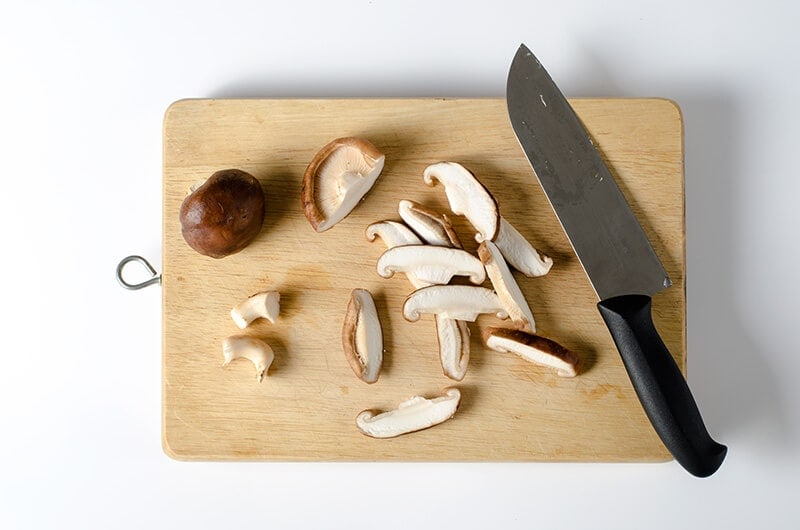
To prepare shiitake mushroom, gently rinse every mushroom to wash off the dirt. Pay attention to the inner part of cap. There’s theory about wipe mushroom with wet kitchen towel in order to retain its umami, but I found it not necessary. The taste of finished dish won’t have big difference if you wipe the shiitake instead of wash them. Plus you’ll risk that the dirt is not fully removed.
Shiitake should always be fully cooked and you shouldn’t eat it raw. There’s research shows eating raw or under cooked shiitake may evoke sign of allergy.
For dishes with short cooking time, the whole stem should be removed, since the part is tough and take longer time to cook. For braising dishes, you could keep the stem, but still need to remove about 1/3 of the tough end.
Shiitake is usually be sliced or quartered before cooking. For high grade shiitake, Japanese cuisine use the whole one for cooking Nabe (hot pot dishes).

